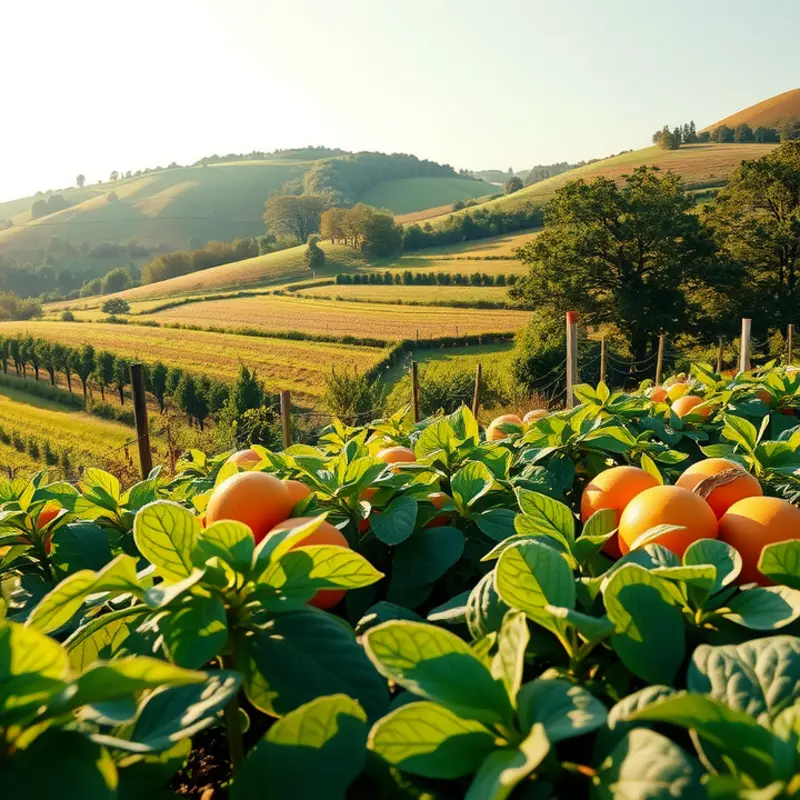Homemade jams are a delightful way to preserve the flavors of your favorite fruits, but improper storage can lead to spoilage and waste. Ensuring your jars stay fresh and delicious requires just a few practical techniques. From selection and preparation to sealing, each step is crucial to extending the life of your homemade creations. This article offers straightforward tips that not only maximize freshness but also minimize waste, helping you enjoy every last drop of your homemade jam.
Choosing the Right Ingredients and Containers

Preserving the freshness and quality of homemade jam begins with selecting the right ingredients and containers. The quality of fruits you choose has a profound impact on the longevity and flavor of the jam. Opt for fruits that are at their peak ripeness to ensure maximum sweetness and natural preservatives. Overripe fruits, while tempting due to their heightened sweetness, can negatively affect the texture and potentially harbor spoilage.
When selecting fruits, consider seasonal varieties as they are fresher and often contain fewer pesticides. This not only enhances the taste but also aligns with sustainable practices, as discussed in tips for eco-smart kitchen storage. If you’re preserving jellies or jams with high-pectin fruits like apples or plums, you won’t require additional pectin, which contributes to a longer shelf life.
Pay attention to the sugar content, as sugar acts as a natural preservative. A balance between sugar and fruit ensures proper gel formation and inhibition of microbial growth. For those aiming for less sugar, consider natural sweeteners with antimicrobial properties, ensuring they don’t compromise preservation.
Selecting the ideal container is equally vital. Glass jars with airtight seals are the gold standard in jam preservation. Opt for jars with wide mouths for easy filling and cleaning. Ensure they are sterilized before use to prevent contamination. The process of sterilization—boiling jars for at least ten minutes—eliminates potential spoilage microorganisms.
Choose lids that provide an airtight seal. Vacuum seals or canning lids with rubber gaskets are effective in keeping air and bacteria out. Always inspect jars and lids for any nicks or scratches, which can impede a proper seal.
When storing your jams, consider the environment. A cool, dark place extends its shelf life significantly. Avoid places exposed to direct sunlight or fluctuating temperatures, as both can alter flavors and reduce freshness.
By focusing on these foundational elements—quality ingredients and appropriate containers—you set your homemade jams on the path to lasting quality. The effort invested in choosing the right components at the outset pays dividends in flavor retention and reduced waste.
Effective Cooling and Sealing Techniques

One key to successful homemade jam preservation is proper cooling, ensuring it retains its vibrant flavor and color. After cooking, allow the jam to cool slightly but not thoroughly before proceeding to the jar. This post-cooking pause helps avoid moisture accumulation inside the jar, which can lead to spoilage.
When transferring jam to jars, it’s crucial to prevent air pockets. Use a ladle or spoon to fill jars, allowing a small headspace at the top. This space helps accommodate the jam’s natural expansion during the sealing process.
Filling jars at the right temperature is critical. Fill one jar at a time while the jam is still hot, ideally between 180–190°F. This minimizes microbial contamination and sets a good foundation for the sealing process.
Sealing effectively begins with sterilized jars. Clean jars in hot soapy water, rinse, then submerge them in boiling water for at least 10 minutes. Remove jars and dry thoroughly before use. Ensure both jars and lids are free from chips or cracks, as these imperfections can prevent proper sealing.
As each jar is filled, wipe the rims with a clean, damp cloth. This step is crucial to remove any residue that may compromise the seal. Place the sterilized lids immediately on the jar. When securing the bands, keep them tight yet not over-tightened — just enough to hold the lids in place.
Once jars are sealed, the cooling process must be controlled. Turning the jars upside down for a short while can help distribute heat evenly. Alternatively, place jars on a towel-lined surface to insulate them from direct cold contact.
During cooling, listen for a pinging sound, a good sign indicating proper sealing as the jar cools. After 24 hours, check the jars for seal integrity; the lid should not flex up and down. If a jar hasn’t sealed properly, refrigerate it and consume the contents soon.
Proper storage is also linked to minimal spoilage. Store sealed jars in a cool, dark place, such as a pantry. Moisture and heat are the enemies of stored jam, so keeping them at bay is essential.
Remember, these careful steps play a vital role in preserving not only the taste but also the safety of your homemade jam. For anyone interested in minimizing waste, these techniques can enhance both quality and shelf-life of your preserves. For further storage solutions that reduce waste, exploring eco-smart kitchen storage techniques could provide valuable insights.
Final words
By understanding the fundamentals of ingredient selection and proper cooling and sealing techniques, you can significantly extend the shelf life of your homemade jams. These straightforward practices not only enhance taste but also reduce waste, allowing you to enjoy your culinary efforts for months to come. Remember to always inspect your jars, keeping a watchful eye on the dates, appearance, and aroma. By following these tips, your homemade jams will remain a delicious treat that lasts.







